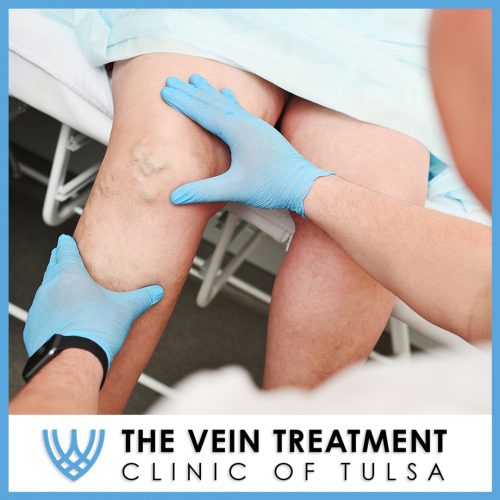 Leg swelling, medically known as edema, is a common condition that can affect individuals of all ages and backgrounds. While occasional swelling may not be cause for concern, persistent or severe swelling could indicate an underlying health issue that requires attention.
Leg swelling, medically known as edema, is a common condition that can affect individuals of all ages and backgrounds. While occasional swelling may not be cause for concern, persistent or severe swelling could indicate an underlying health issue that requires attention.
In this comprehensive guide, we’ll delve into the causes, symptoms, and treatment options for leg swelling to help you better understand this often uncomfortable condition.
Understanding Leg Swelling
Edema occurs when excess fluid accumulates in the tissues of the legs, leading to swelling. This swelling can range from mild to severe and may be accompanied by other symptoms such as pain, discomfort, and decreased mobility. Understanding the underlying causes of leg swelling is crucial for effective management and treatment.
Causes of Leg Swelling
- Fluid Retention: One of the most common causes of leg swelling is fluid retention, which can be triggered by various factors including:
- Prolonged sitting or standing
- Pregnancy
- Hormonal changes
- High salt intake
- Certain medications
- Injury or Trauma: Injuries such as sprains, strains, or fractures can lead to localized swelling in the affected leg.
- Venous Insufficiency: When the veins in the legs are unable to efficiently carry blood back to the heart, this can lead to venous insufficiency, which in turn can cause swelling, varicose veins, and other related complications. If you’re experiencing symptoms of venous insufficiency, seeking evaluation and treatment from a vein specialist in Tulsa can help address your concerns effectively.
- Lymphatic Issues: Problems with the lymphatic system, such as lymphedema, can cause fluid buildup and swelling in the legs.
- Infection or Inflammation: Conditions such as cellulitis or arthritis can cause inflammation and swelling in the legs.
- Heart or Kidney Disease: Heart failure or kidney disease can lead to fluid retention and swelling in various parts of the body, including the legs.
- Liver Disease: Liver cirrhosis can disrupt the body’s ability to regulate fluid levels, resulting in swelling in the legs and abdomen.
Symptoms of Leg Swelling
The symptoms of leg swelling can vary depending on the underlying cause and severity of the condition. Common symptoms include:
- Visible swelling or puffiness in one or both legs
- Tightness or heaviness in the legs
- Discomfort or pain, especially when walking or standing for long periods
- Changes in skin texture, such as redness or warmth
- Reduced flexibility or range of motion in the affected leg
- The presence of other symptoms related to the underlying cause, such as shortness of breath or fatigue in cases of heart failure
Treatment Options for Leg Swelling
- Lifestyle Modifications: Making simple changes to your daily routine can help reduce leg swelling, such as:
- Elevating your legs above heart level when resting
- Avoiding prolonged periods of sitting or standing
- Engaging in regular exercise to improve circulation
- Maintaining a healthy weight and diet low in sodium
- Compression Therapy: Wearing compression stockings or bandages can help improve circulation and reduce swelling in the legs.
- Medications: Depending on the underlying cause of leg swelling, your doctor may prescribe medications such as diuretics (water pills) to help reduce fluid retention or anti-inflammatory drugs to alleviate inflammation and discomfort.
- Treatment of Underlying Conditions: Addressing the underlying medical conditions contributing to leg swelling is essential for long-term management. This may involve medications, lifestyle changes, or other interventions tailored to your specific needs.
- Lymphatic Drainage Therapy: For individuals with lymphatic issues such as lymphedema, specialized techniques such as manual lymphatic drainage or pneumatic compression therapy may be recommended to reduce swelling and improve lymphatic function.
- Surgery: In cases where leg swelling is caused by venous insufficiency or other structural abnormalities, surgical procedures such as vein stripping or vein ablation may be necessary to restore proper blood flow and alleviate symptoms.
Conclusion
Leg swelling can significantly impact quality of life and may be indicative of underlying health issues that require attention. By understanding the causes, symptoms, and treatment options for leg swelling, individuals can take proactive steps to manage their condition and improve overall well-being. If you are experiencing persistent or severe leg swelling, it’s essential to consult with a healthcare professional for proper evaluation and personalized treatment recommendations. With the right approach, leg swelling can be effectively managed, allowing you to live a more comfortable and active life.






